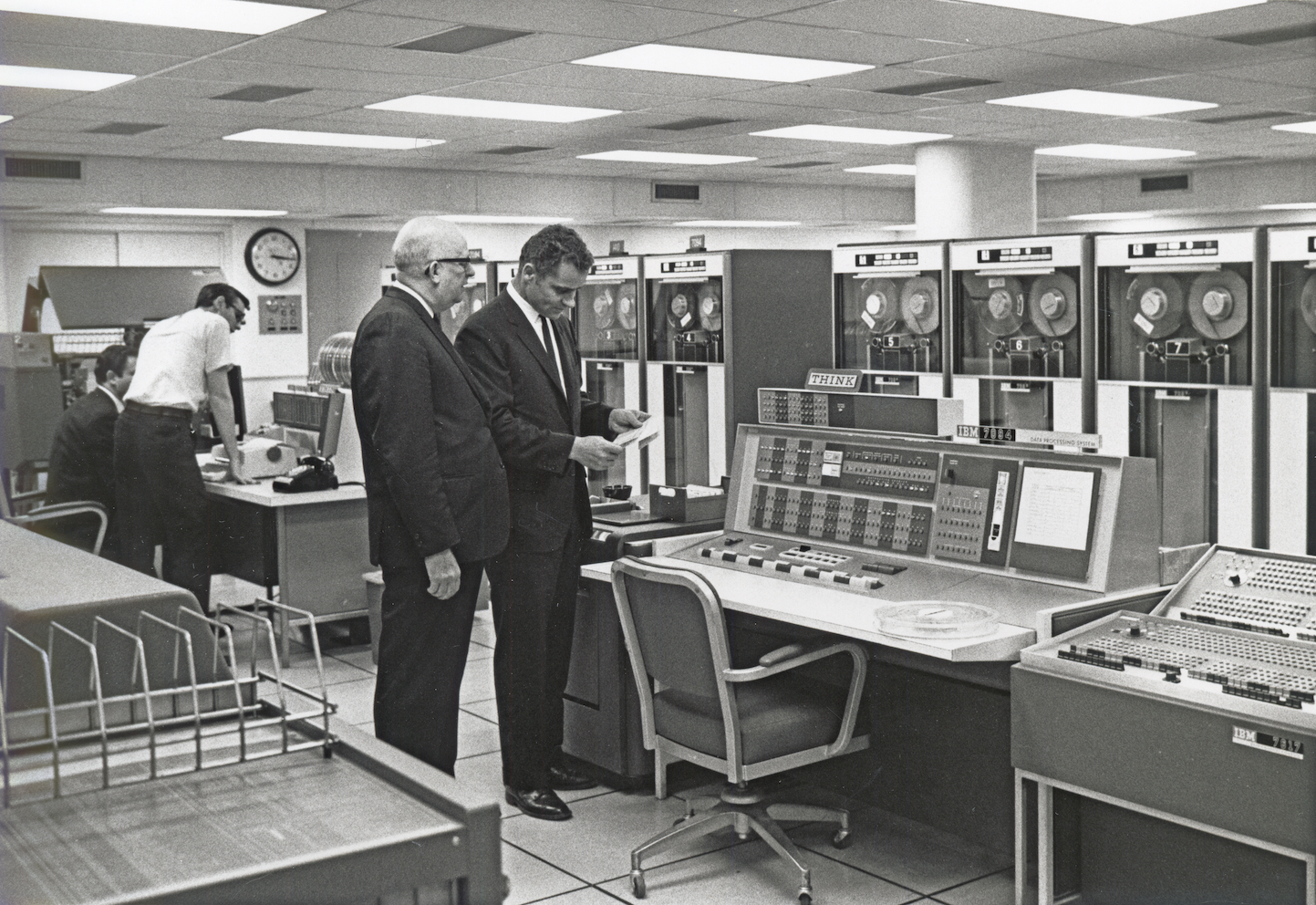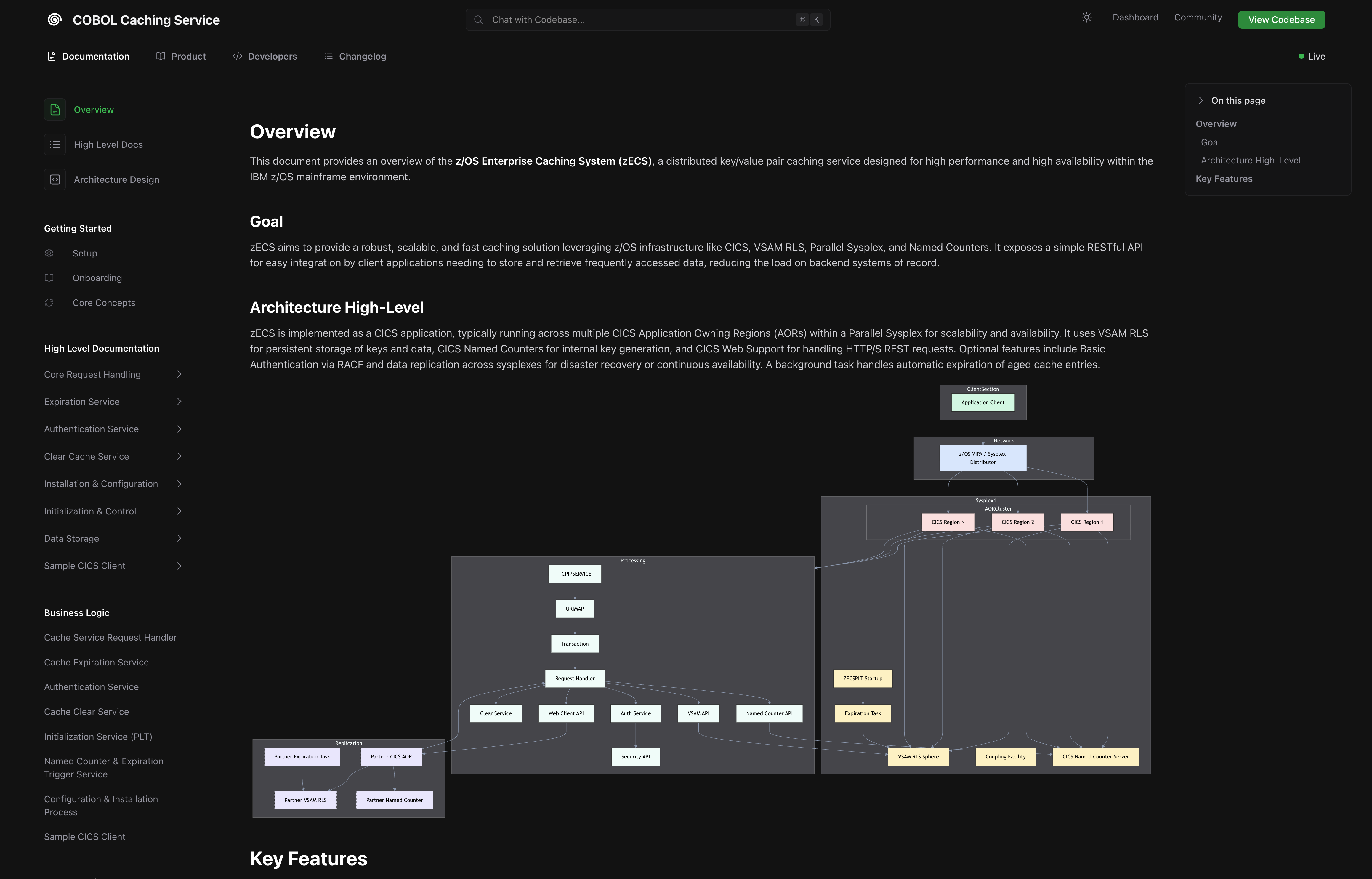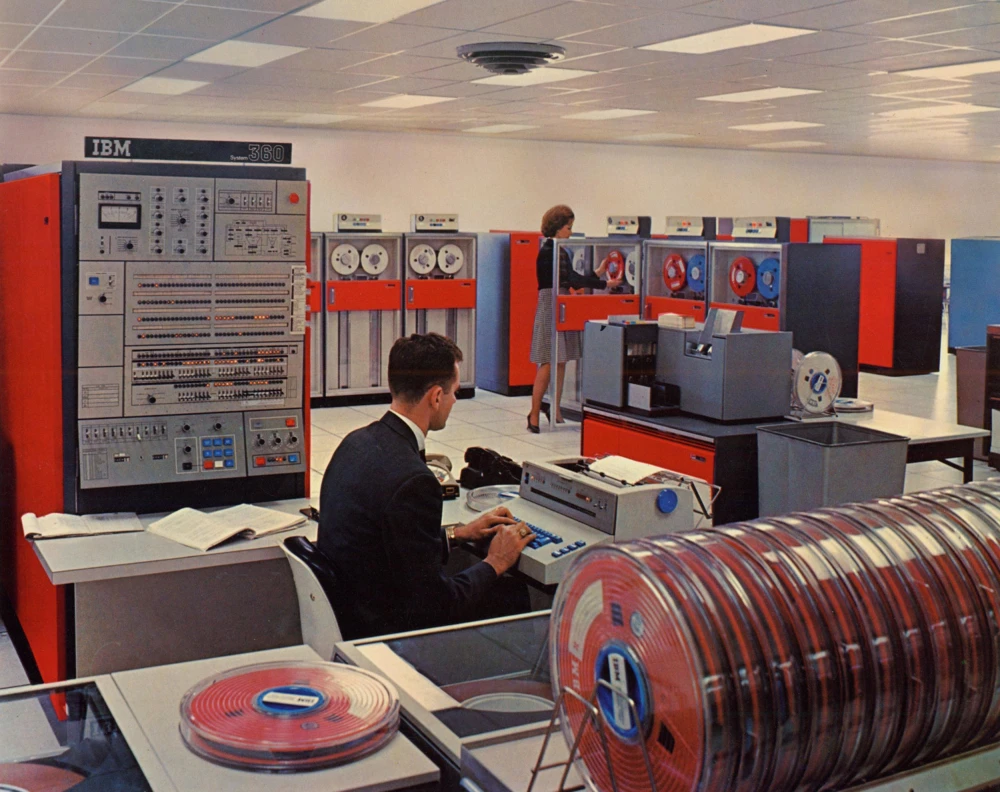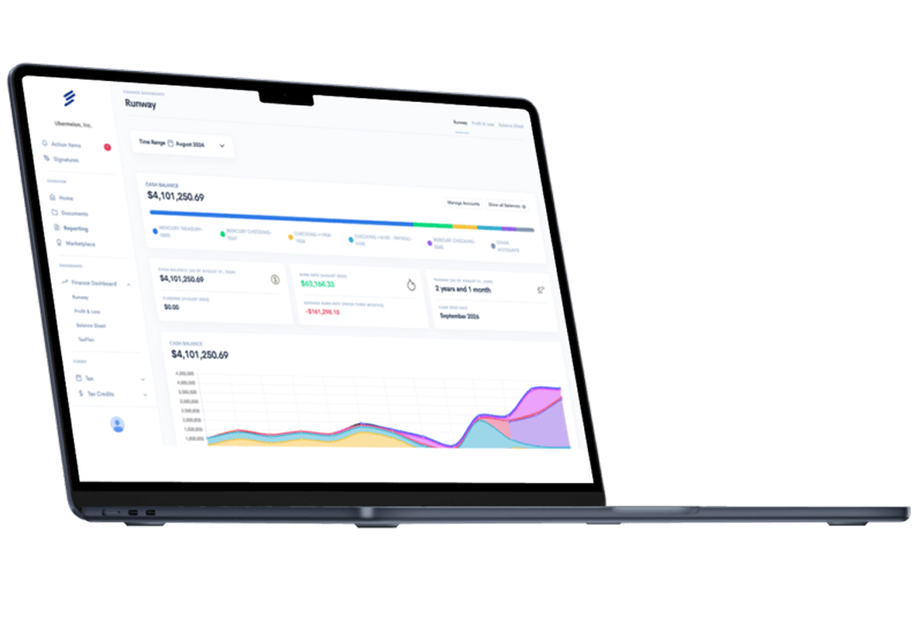Hypercubic Launches: AI to Maintain and Modernize COBOL/Mainframes
Hypercubic recently launched!
"Frontier AI for Enterprises"
TLDR ⚡️: Hypercubic helps Fortune 500s understand, preserve, and modernize their critical mainframe systems. These are the COBOL systems from the 1960s that still power banking, insurance, retail, airlines, government and more.
Founded by Sai Gurrapu & Aayush Naik
Asks 🤝
They would love intros to:
- CIOs, CTOs, VPs of Engineering, or Heads of Modernization at Fortune 500s, especially in banking, insurance, logistics, and airlines.
- Any enterprise running COBOL or mainframe workloads.
- Systems integrators or consultancies that work on mainframe maintenance or modernization.
The Problem
70% of the Fortune 500 enterprises still run on mainframes and COBOL originally built in the 1960s. These systems run the global economy, yet they’ve become black boxes. The engineers who built and maintained these systems are retiring and what’s left behind is systems that are opaque, brittle, and nearly impossible to modify without risking production outages.
This institutional knowledge is a ticking time bomb:
- Vanishing Expertise: The handful of engineers who understand the nuances of decades-old COBOL, JCL, and CICS systems are retiring or leaving.
- Failed Modernizations: Without this deep expertise, modernization projects often fail, costing millions and creating brittle, unmaintainable systems.
- Inadequate Documentation: Static, outdated documentation can't explain why a system was built a certain way or how to debug a critical failure at 3 AM.
Current "AI for code" tools analyze repositories, but they can't capture the unwritten rules, historical context, and architectural reasoning that lives only in the minds of the most senior engineers.
The result: trillion-dollar infrastructure with no surviving map or maintainers.


Their Solution
Hypercubic is building an AI-native maintenance and modernization platform that learns how legacy mainframe systems actually work — and captures the human reasoning behind them.
They start with:
- HyperDocs, which ingests complex COBOL, JCL, and PL/I codebases to generate accurate high-fidelity documentation, architecture diagrams, and dependency graphs — giving teams an instant, living map of their systems.
- HyperTwin, which captures the institutional expertise of retiring engineers by observing their workflows, screen interactions, and verbal reasoning. It builds a digital twin of the experts on how they debug, architect, and maintain these systems in practice.
Together, HyperDocs and HyperTwin form an institutional knowledge layer that links code, systems, and human reasoning — enabling the next phase: autonomous AI agents that can safely maintain and modernize critical mainframes end-to-end


Why now?
Theyare at the tipping point of one of the largest knowledge transitions in human history.
For decades, the systems that run their banks, airlines, and governments have quietly relied on a generation of engineers whose expertise lives only in their minds — and that generation is disappearing (baby boomer generation).
As the “silver tsunami” accelerates, they are watching trillions of dollars of institutional memory vanish line by line. Every retirement is a lost encyclopedia. Every undocumented function is a forgotten decision that once held a company together.
At the same time, AI has finally evolved from pattern-matching to reasoning, giving them the tools to preserve and replicate that expertise before it’s gone.
For the first time, they can capture how systems think, not just how they run turning decades of fragile human memory into living, searchable intelligence.

Learn More
🌐 Visit www.hypercubic.ai to learn more.
📩 You can reach the founders here or learn more at www.hypercubic.ai.
👣 Follow Hypercubic on LinkedIn & X.
Need help with the upcoming tax deadline?
Take the stress out of bookkeeping, taxes, and tax credits with Fondo’s all-in-one accounting platform built for startups. Start saving time and money with our expert-backed solutions.
.png)
.png)
.png)
.png)
.png)











.png)









